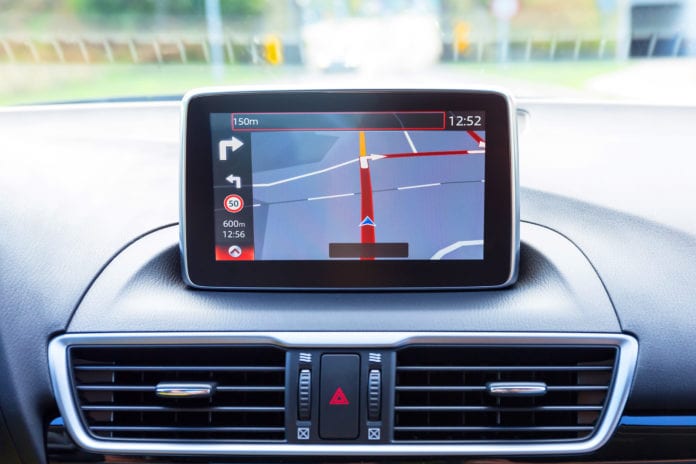The best sat navs and smartphone navigation apps can save a lot of head-scratching and wrong turns. Even if you know where you going, the best sat navs can warn if there’s bad traffic and route around the jam.
On the other hand, if you stare at the sat nav screen for too long you’ll be taking your eyes away from the road.
Here’s what to look for in a sat nav, and how to use one responsibly…
The best sat navs
Sat navs vary hugely in terms of screen size and the features they offer. Garmin and TomTom are the best-known players, dominating the market. You’ll pay around £100 for a basic unit, possibly less if the model is discounted. That rises to over £300 for a top-of-the-line sat nav. Road Angel has a good range of affordable products to choose from.
Here are some of the features to look out for. The more the sat nav has, the more it is likely to cost.
- Free map updates for life. Road layouts are always changing – your mapping should change with them to avoid being caught out by new roads and junctions.
- European mapping. Handy for that summer road trip, but not worth paying more for if you have no plans to go abroad.
- Screen size. The larger the screen, the clearer the instructions. However, the best-sat navs with large screens will be more expensive than units with small screens. You’ll also need to be careful that a larger sat nav doesn’t obscure your view of the road.
- Safety camera alerts. These warn if you are approaching a safety camera as a reminder to watch your speed and stick to the limit. Ideally, these alerts should be updated for free as well as the mapping.
- Built-in wi-fi. The best sat navs use Wi-Fi for over-air updates with no need to plug the unit into a PC or laptop.
- Smartphone integration. This allows your sat nav and phone to communicate. For example, address details for an event in your calendar can be sent to the sat nav.
- Built-in dash cam. The best sat navs now include a dash cam that records who did what if you have a collision. This is a really worthwhile feature and could prove you were in the right and the other driver was in the wrong.
How to use the best sat navs safely
Using a sat nav should be a whole lot safer than trying to drive and read a map. But if you look at the screen for too long, or position the sat nav so it blocks your view of the road, then a sat nav can be just as distracting as map reading. Follow these tips to stay safe…
- Position the sat nav or your smartphone so it doesn’t block your view.
- Set the destination before you leave.
- Rely on verbal instructions more than the screen. Just glance at the display when you need to, then return your attention to the road.
- You’re driving, not the sat nav. If it tells you to go the wrong way up a one-way street, ignore it!


